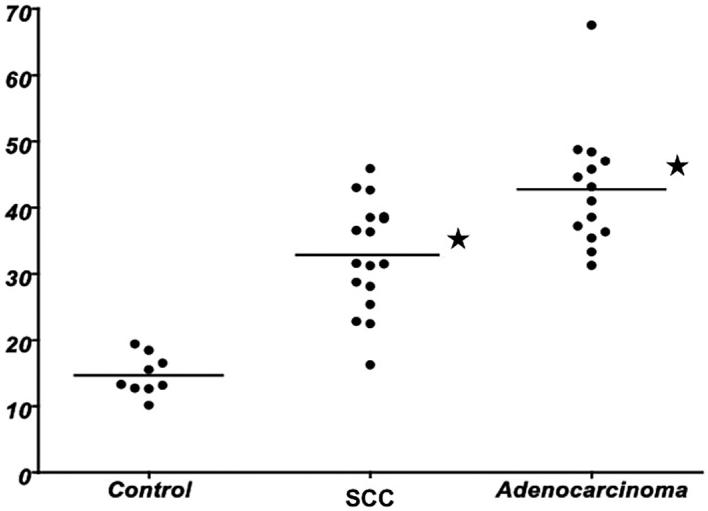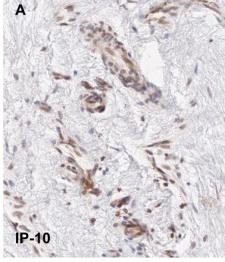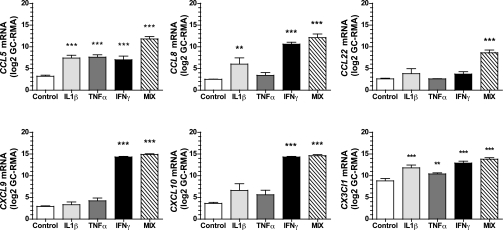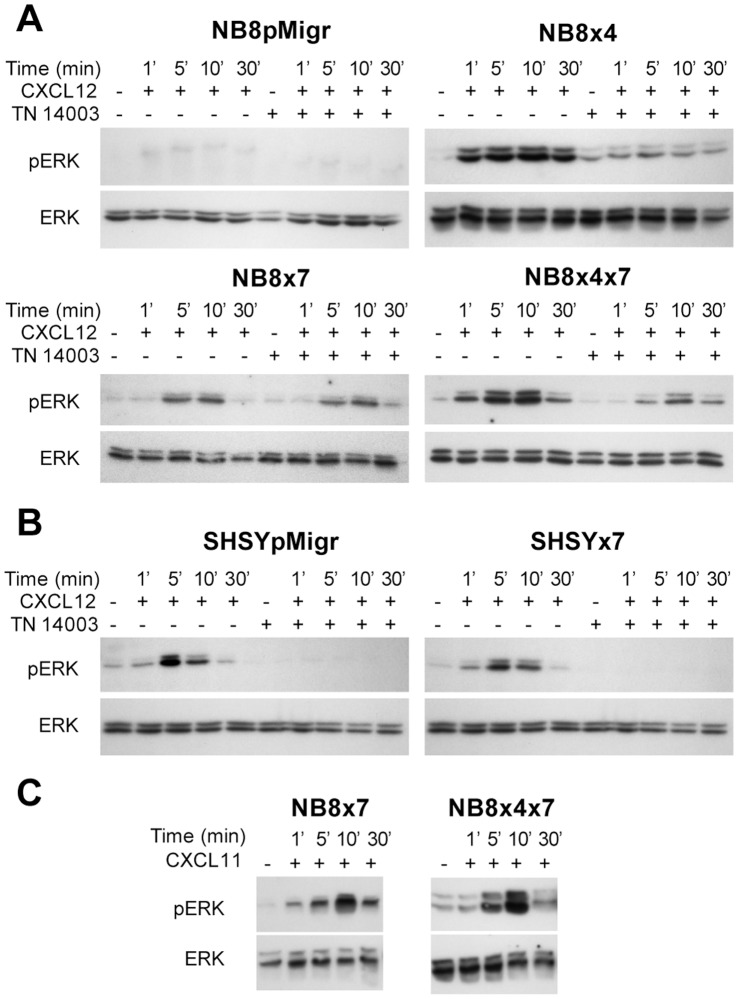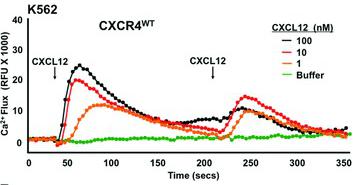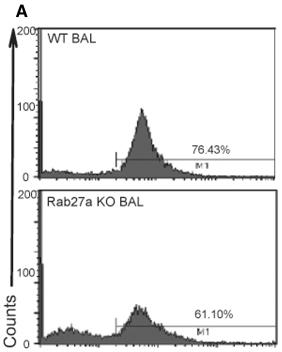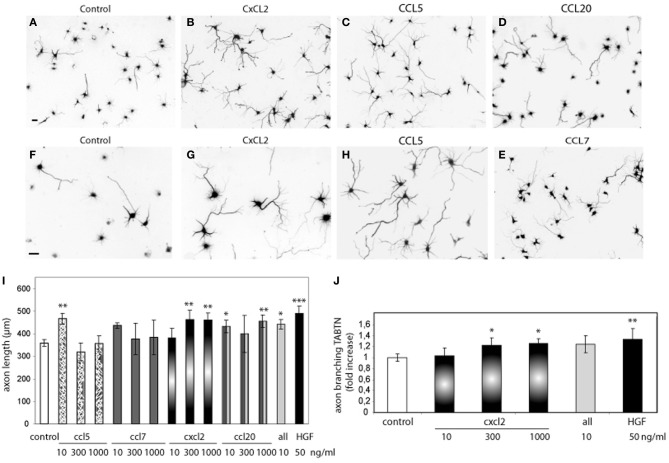Description
Accession
Q53X90
Source
Optimized DNA sequence encoding Human BCA-1 (CXCL13) mature chain was expressed in Escherichia Coli.
Molecular weight
Human CXCL13, generated by the proteolytic removal of the signal peptide and propeptide and has a calculated molecular mass of approximately10 kDa. RecombinantCXCL13 is a monomeric protein consisting of amino acid residue subunits and migrates as an approximately10 kDa protein under non-reducing conditions and reducing conditions in SDS-PAGE.
Purity
>98%, as determined by SDS-PAGE and HPLC
Biological Activity
Determined by its ability to chemoattract human CXCR5 transfected mouse BaF3 B cells ,the ED50 is less thanng/ml.
Protein Sequence
MKFISTSLLL MLLVSSLSPV QGVLEVYYTS LRCRCVQESS VFIPRRFIDR IQILPRGNGC PRKEIIVWKK NKSIVCVDPQ AEWIQRMMEV LRKRSSSTLP VPVFKRKIP
Endotoxin
Endotoxin content was assayed using a LAL gel clot method. Endotoxin level was found to be less than 0.1 ng/µg(1EU/µg).
Presentation
Recombinant BCA-1 was lyophilized from a 0.2 μm filteredmM PB,100mM NaCl solution pH.5.
Reconstitution
A quick spin of the vial followed by reconstitution in distilled water to a concentration not less than 0.1 mg/mL. This solution can then be diluted into other buffers.
Storage
The lyophilized protein is stable for at least years from date of receipt at -20° C. Upon reconstitution, this cytokine can be stored in working aliquots at2° -8° C for one month, or at -20° C for six months, with a carrier protein without detectable loss of activity. Avoid repeated freeze/thaw cycles.
Usage
This cytokine product is for research purposes only.It may not be used for therapeutics or diagnostic purposes.
Methods
Level of serum CXCL13 in lung cancer (LuCa) patients.
- Serum CXCL13 levels in normal healthy donors (n=9) and patients diagnosed with squamous cell carcinoma (n=17) or adenocarcinoma (n=14) were analyzed by a quantitative enzyme-linked immunosorbent assay technique, which was capable of detecting >5 pg/ml.


